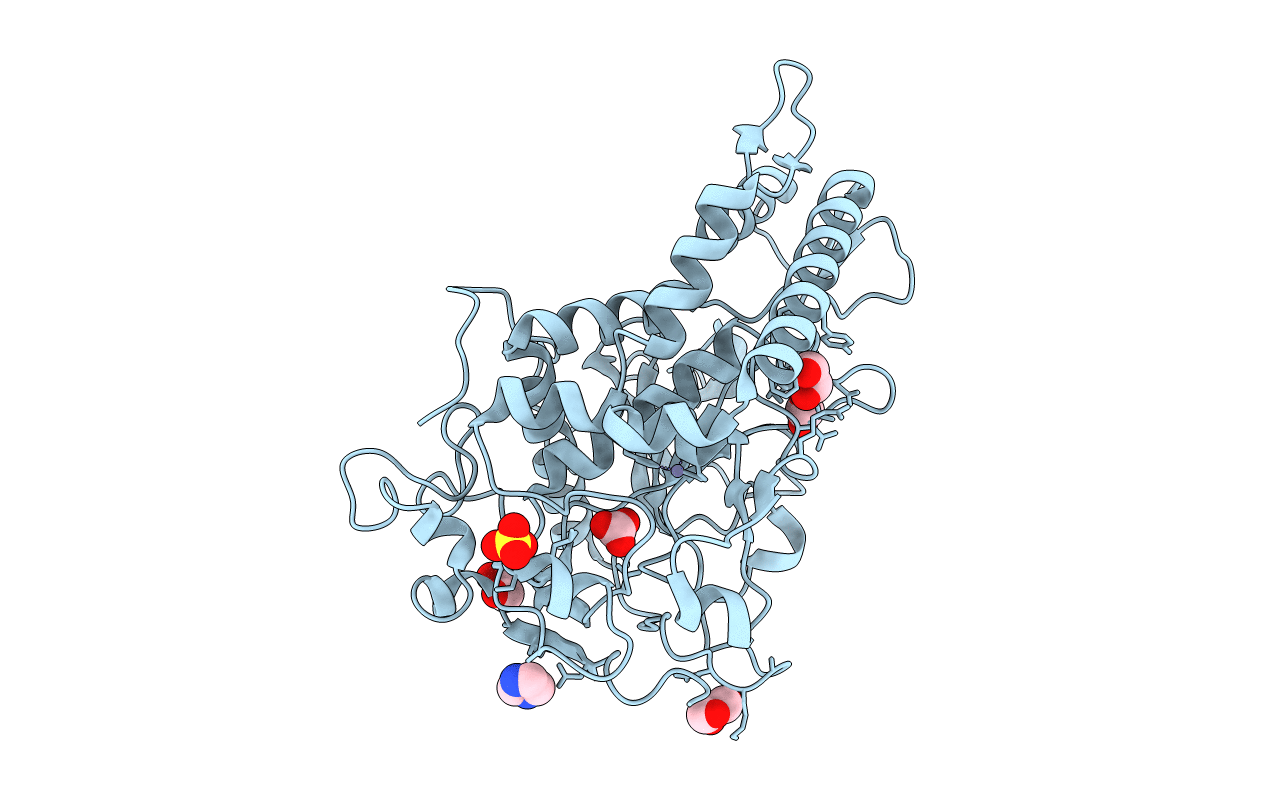
Deposition Date
2012-04-06
Release Date
2012-08-15
Last Version Date
2023-09-20
Entry Detail
PDB ID:
4EJ5
Keywords:
Title:
Crystal structure of the catalytic domain of botulinum neurotoxin BoNT/A wild-type
Biological Source:
Source Organism:
Clostridium botulinum (Taxon ID: 1491)
Host Organism:
Method Details:
Experimental Method:
Resolution:
1.87 Å
R-Value Free:
0.20
R-Value Work:
0.16
R-Value Observed:
0.16
Space Group:
P 1 21 1


